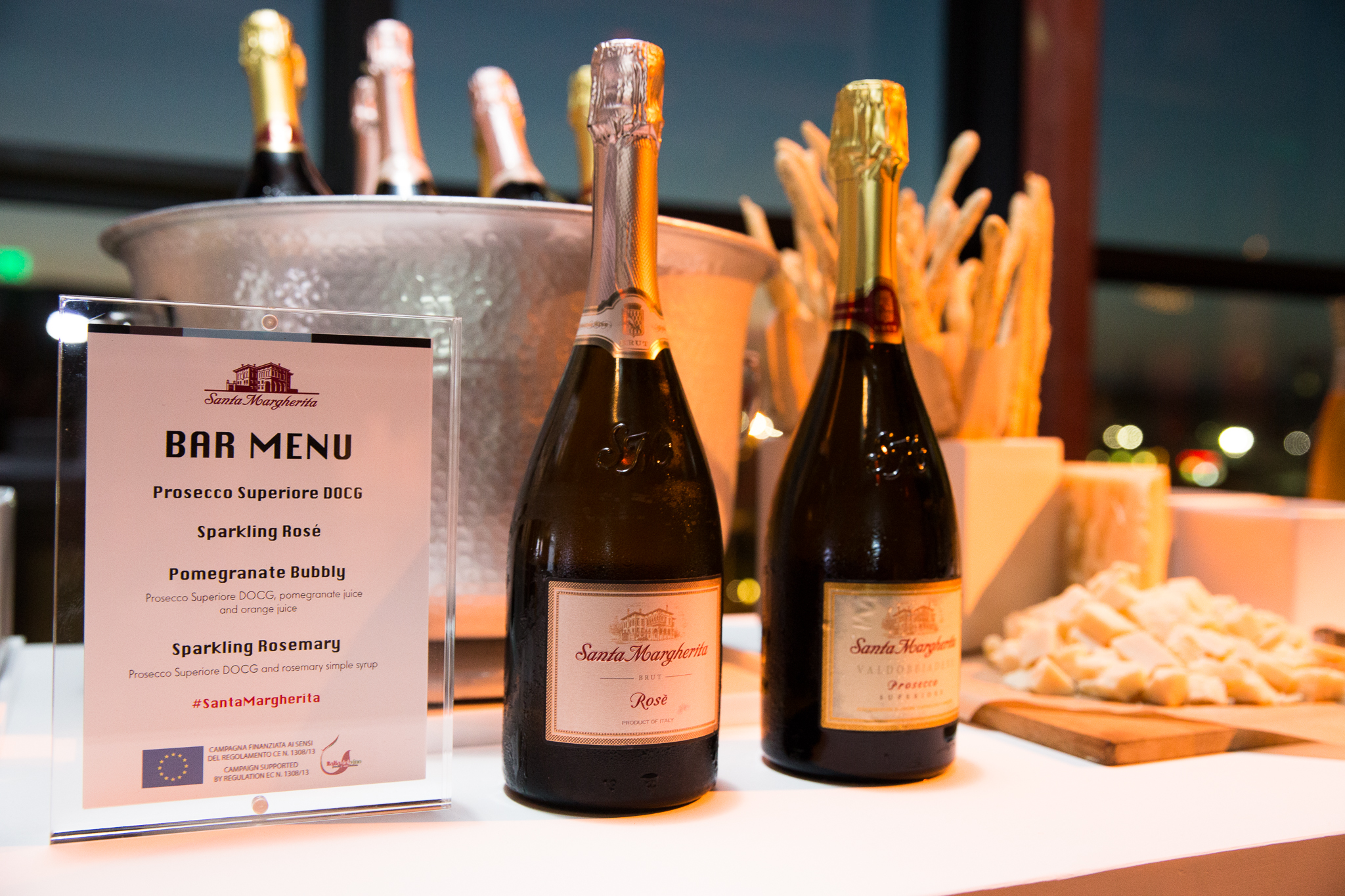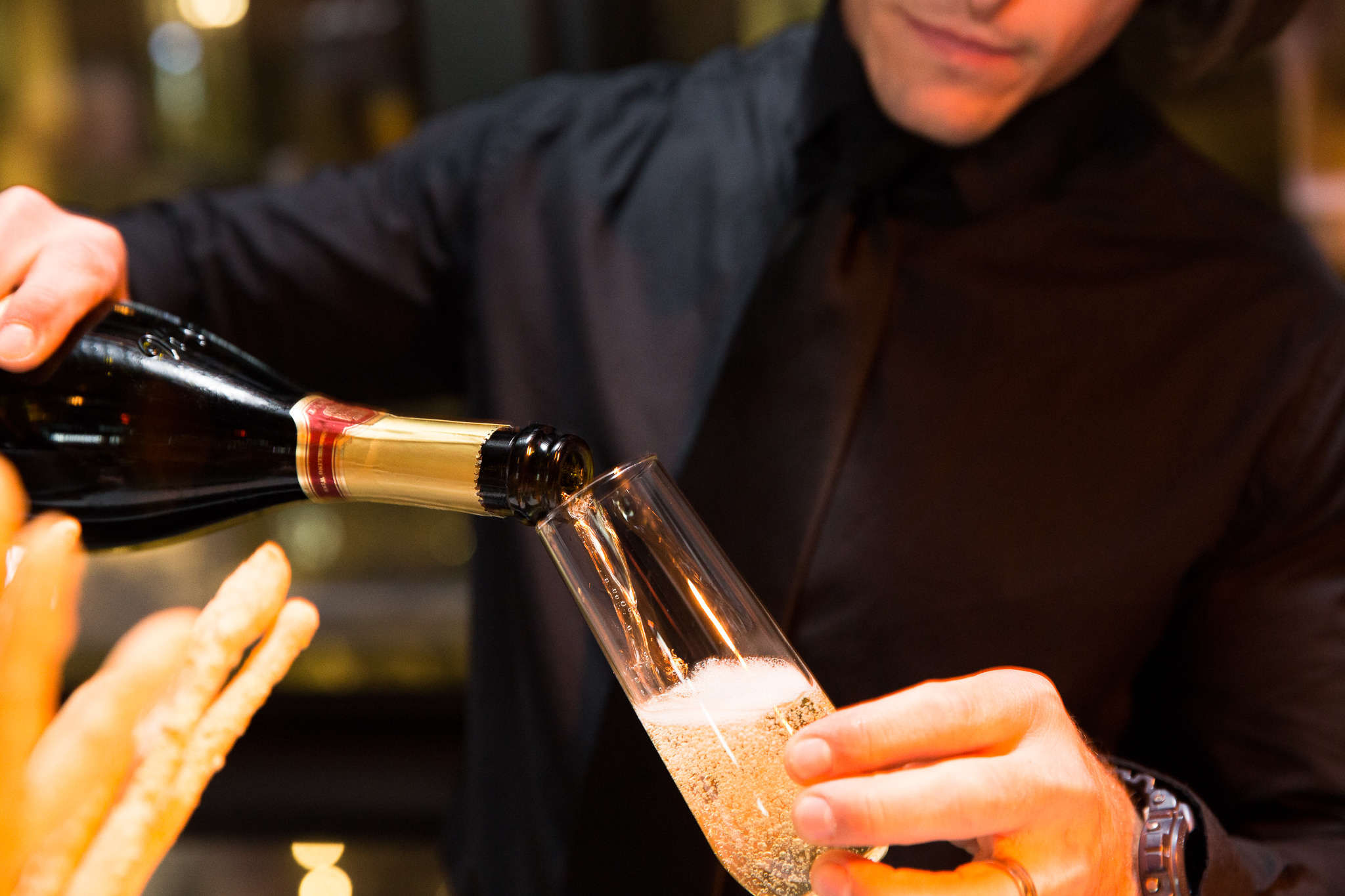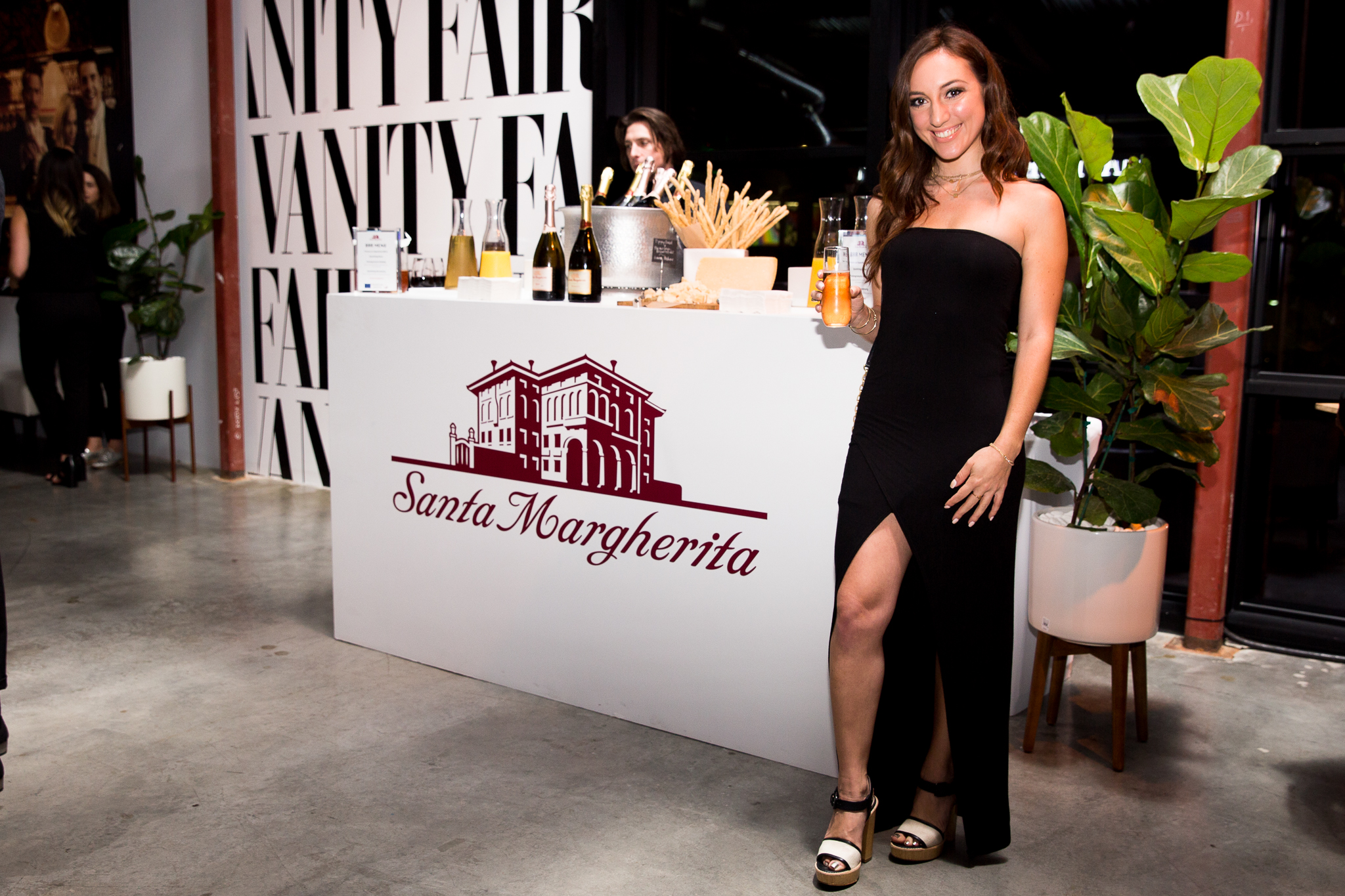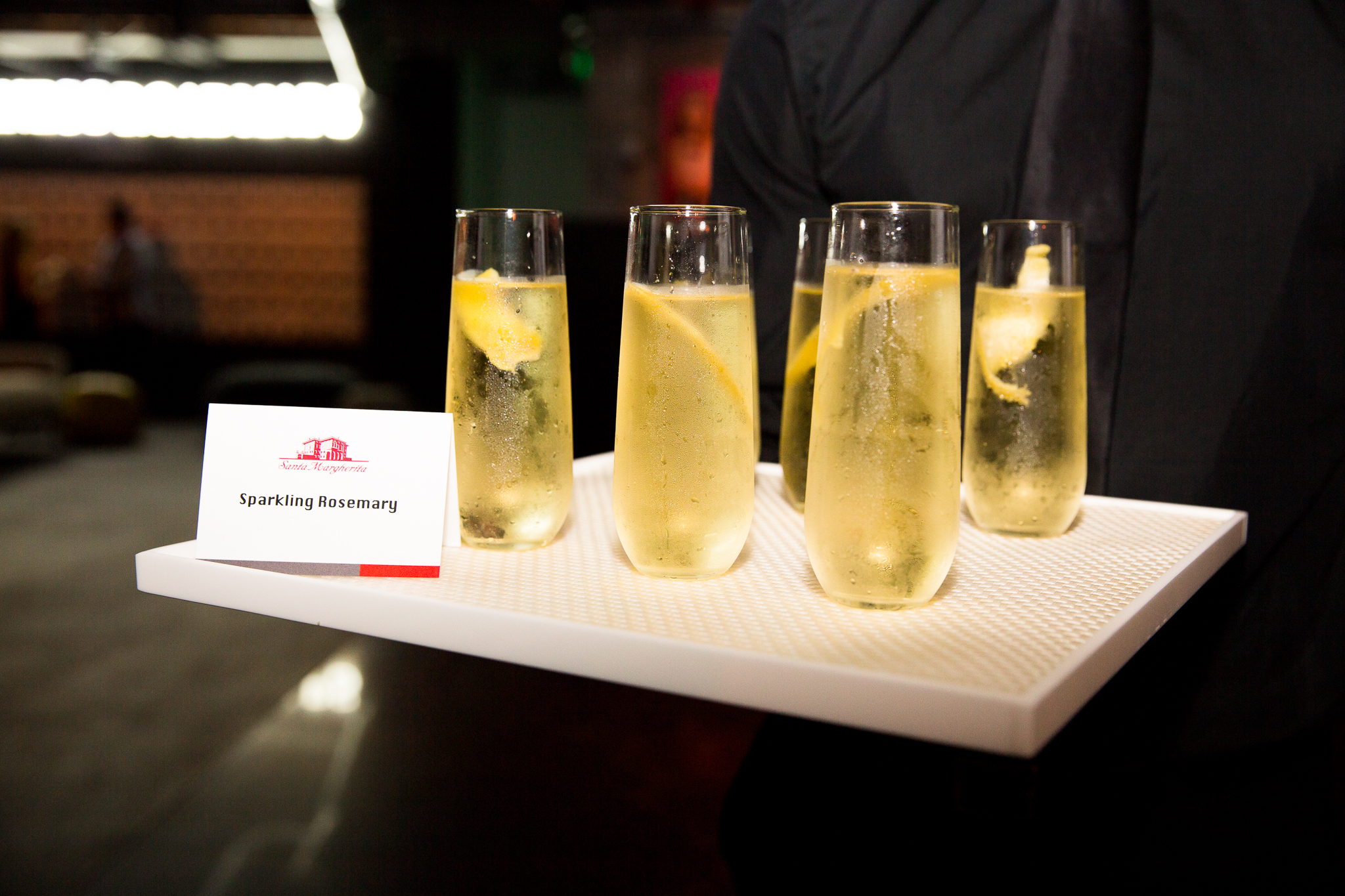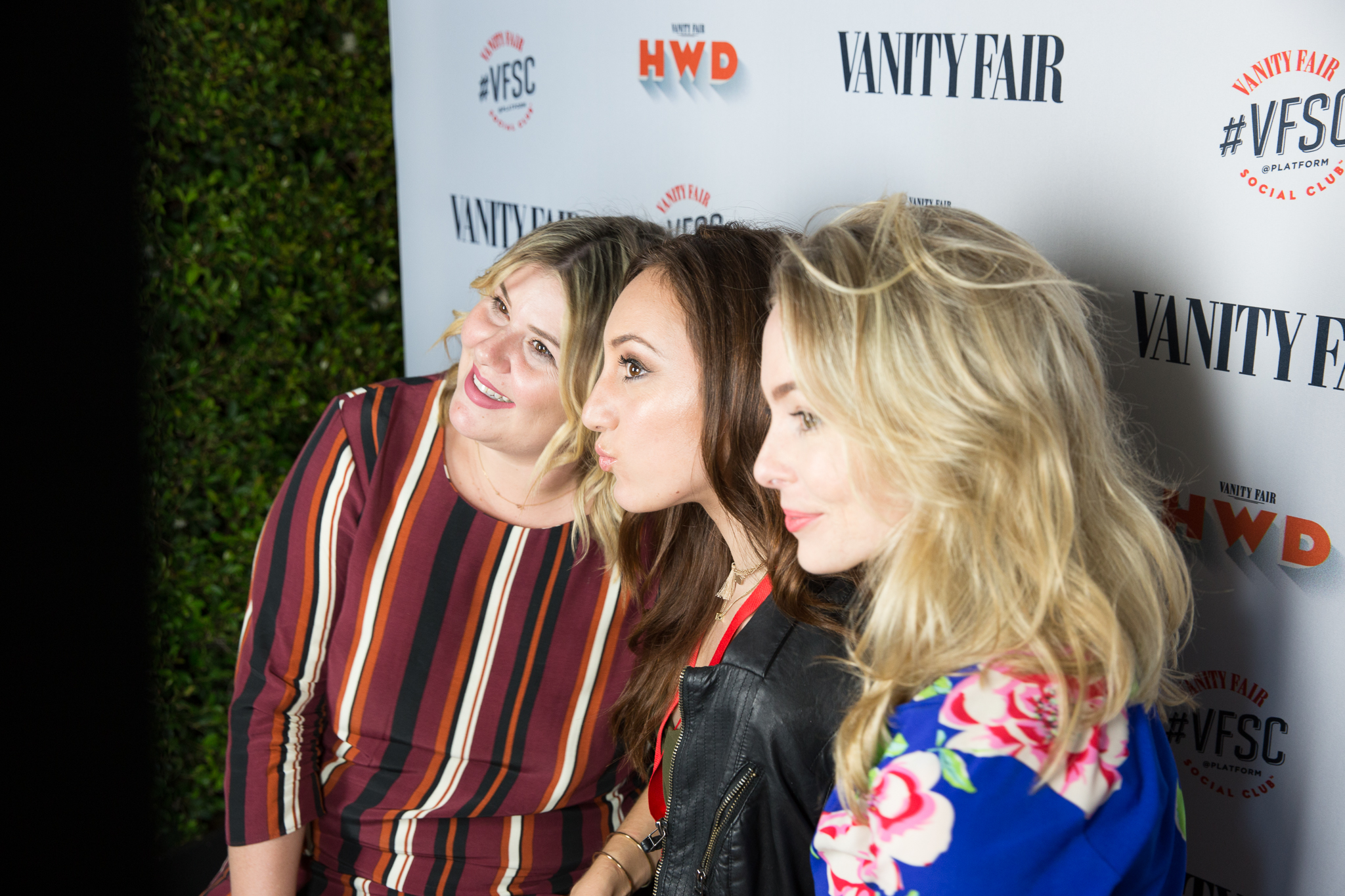Where are you from and how did it influence your interest in pursuing a career in the world of wine?
I grew up about 40 minutes west of Boston but wasn’t exposed to wine in a serious way until I was about 25. In the fall of 2007, I visited Napa Valley with a few close friends and became totally infatuated, thanks in large part to a glass of Syrah at Wines. Over the next couple years, I started planning more trips to taste wine, reading as much as I could, attending tastings, and taking classes with the Wine & Spirit Education. I decided to start writing about wine in 2010.
What inspired you to create Terroirist.com and what does it provide for wine enthusiasts that they can’t get from anywhere else on the Internet?
By the time I launched Terroirist.com, I was already obsessed with wine, spending virtually all my free time reading about wine, whether through books, magazines, message boards, or blogs. And I noticed some holes in the wine blogosphere, especially when it came to generalists. For instance, each day I’d scour the internet for interesting essays and articles — I had google alerts set up, was on a few listservs, visited dozens of blogs, etc. It always baffled me there wasn’t a single blog offering a daily roundup of wine news, edited by a human. Since launching the site, Terroirist has provided human news aggregation every single day.
There also wasn’t a blog offering regular winemaker interviews — wine geeks love getting to know the people behind the wines. And I didn’t see many group wine blogs. By assembling a team of contributors, my site has been able to cover politics and trend stories, offer tasting notes, and break news. In many ways, I think my site has become a dependable product.
What experiences did you have working your way up that put you in the right place to be where you are today within your industry?
I still consider wine writing a hobby; my day job is in public affairs. Thanks to that day job, I’ve been able to draw on about 12 years of writing professionally and pitching the media.
What does your new book, But First, Champagne inform readers about that they did not already know about champagne?
Knowledgeable wine enthusiasts have always revered Champagne. The region and its wines are associated with prestige and luxury, of course, but historically, most consumers kept champagne way back on the high shelf, reserving it for post-game blowouts, send-offs, and wedding toasts. Over the past decade, however, an increasing number of wine enthusiasts have discovered the joys of champagne, especially when it's made by the farmers who grow the grapes. Today, the region and its wines are in the midst of a renaissance. And thanks to a few key wine importers, thoughtful sommeliers, and the farm-to-table movement, consumers everywhere are finally paying attention.
In my book, I attempted to write an approachable guide to all-things-Champagne – in format that would appeal to seasoned oenophiles and weekend wine enthusiasts. I detail the region’s history along with that of its wines, explain how and why the market is changing, and profile the region's leading producers.
Why do you think so many people love champagne so much, sometimes preferring it over just red or white wine?
For starters, Americans are taking food more seriously than ever before – and Champagne is exceptionally food friendly. Champagne’s vibrant acidity and freshness helps it cut through spicy meals, complement savory food, and elevate even the simplest of dishes.
Sommeliers are also playing a more important role than ever before – and I’ve yet to meet a somm who dislikes Champagne.
Social media has also played a role. Hashtags like #champagneeveryday are convincing consumers that life is packed with toast worthy moments, so you don’t need a grand celebration to pop open a bottle of Champagne.
What’s the current trend in champagne, and what do you think is next?
With most Champagne, the goal is consistency. Big champagne houses like Moet & Chandon and Veuve Clicquot blend wines from different vintages and different vineyards to deliver a consistent experience to consumers each year. This isn't a bad thing; there's much to be said for consistent elegance. But today, most conversation about Champagne is focused on the growers – those farmers who grow their own grapes and make their own wines. Most of these growers, who still only account for about 5 percent of overall Champagne sales, eschew consistency in favor of singularity.
In the coming years, the drive for singularity will continue, with more and more growers offering new single-vintage, single-vineyard offerings. Consumers will love these wines, of course, but also rediscover the big houses, which are producing some of the best wines they’ve ever made.
Why is “But First, Champagne” the one book on champagne that every wine lover should own?
But First, Champagne is an approachable guide to all-things Champagne – and isn’t overwhelming or academic. It’s essential reading for wine enthusiasts, adventurous drinkers, foodies, sommeliers, and drinks professionals.
What is your favorite champagne of all?
That’s truly impossible to answer! For grower Champagne, nothing beats the singularity – and significance -- of Selosse Substance. For Grandes Marques, Krug Grand Cuvee always feels special, no matter the occasion.
I love champagne more now even more than I already did! Who knew there was so much depth behind your one favorite glass of bubbly? Get your copy of the But First, Champagne HERE!

















